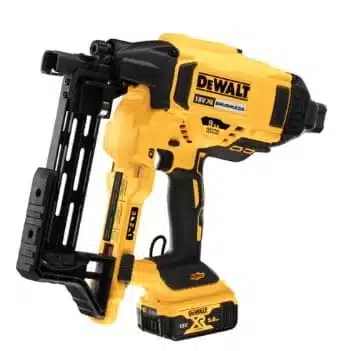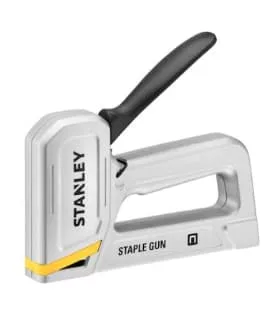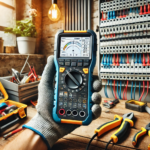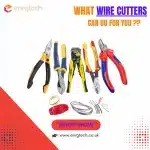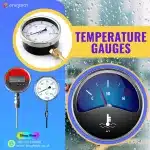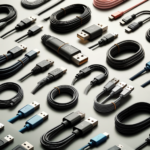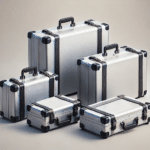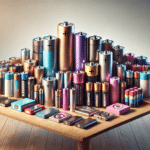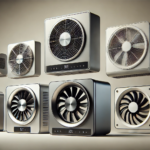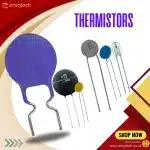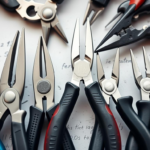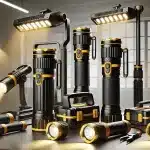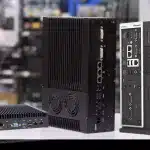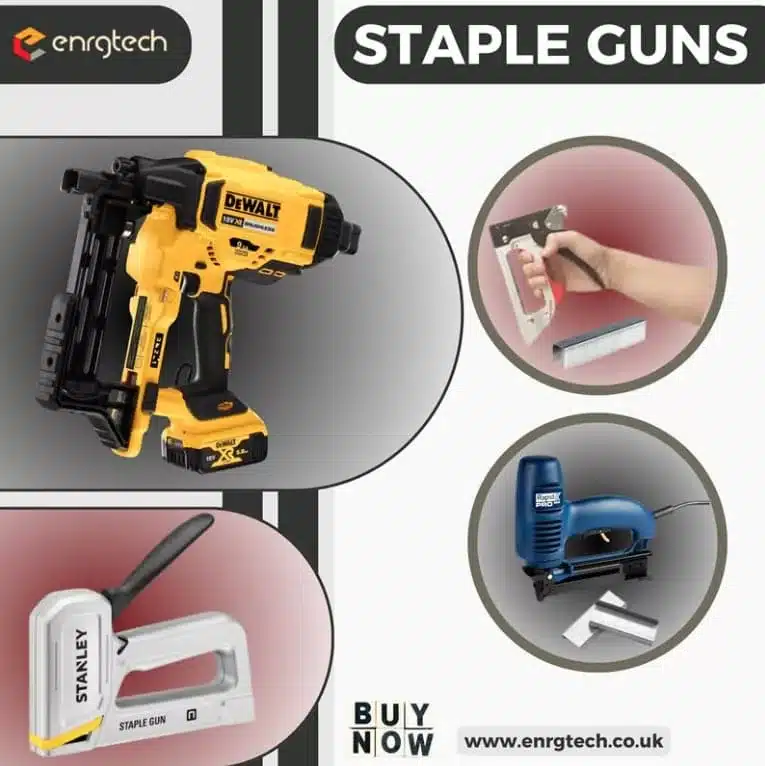
Introduction
When we think of essential tools, our minds often jump to hammers, screwdrivers, and drills. But there’s another unassuming hero in the workshop that deserves a place in every DIYer’s toolkit: the staple gun. More than just a heavy-duty stapler for paper, a staple gun is a versatile and powerful fastening tool that can tackle a surprisingly wide range of projects. But what exactly is a staple gun, and what makes it so valuable? This simple blog walks you through everything you need to know about these indispensable hand tools, exploring compelling reasons why you might need one.
Understanding Staple Guns: Definition & Core Function
Staple guns, often called tackers, are essential hand tools designed to drive metal staples into various materials with robust speed and precision. These mechanical devices can securely fasten materials like wood, fabric, plastic, and even some softer metals. The core function of a staple gun involves controlled pinning, securing, and attaching layers of materials without using screws or nails-unlike a nail gun. Unlike standard staplers, staple guns provide higher power and deeper penetration in tasks like upholstery, furniture repair, crafting and decoration projects, and carpentry and cable management.
How Does a Staple Gun Work? From Trigger to Fastening
The working mechanism behind a staple gun varies depending on the type, but the basic function remains the same: driving staples into desired surfaces. Manual versions use spring-loaded force, electric guns use electric motors, and pneumatic ones rely on compressed air. At its core, staple guns involve loading the staples, trigger activation, and staple ejection. When you pull the trigger, a mechanism pushes a staple out at high speed, embedding it into the target material.
Which Staple Gun Should You Choose: Manual, Electric, or Pneumatic?
The best type of staple gun for you depends mainly on the frequency and nature of your tasks. However, to select the best one involves understanding its features and intended uses. Let’s delve into the essentials of the three main types of these hand tools to help you pick the right one for your needs:
- Manual Staple Guns
These are the most basic, affordable, and commonly used staple guns that rely on hand power to compress the spring. They are ideal for small, light-duty tasks like securing fabric, paper, or insulation. Manual staple guns don’t require a power source, making them portable and easy to use.
- Electric Staple Guns
Electric staple guns get power from rechargeable batteries or are plugged into an outlet. They offer consistent power and are great for medium-duty tasks like upholstery or small woodworking projects. Electric models require less manual effort and offer excellent portability (battery-powered models), making them ideal for repetitive tasks.
- Pneumatic Staple Guns
These are heavy-duty staple guns that are powered by compressed air. They’re the go-to choice for professionals handling tough materials like hardwood or industrial installations. Pneumatic models are faster and more powerful, but their dependence on an air compressor to function makes them less portable than the other types.
Why Exactly Do You Need a Staple Gun? What Benefits Does It Offer?
A staple gun is an invaluable tool across professional and DIY projects for a multitude of reasons. These handheld tools can save time and effort across numerous tasks. They are the fastest, cleanest way to securely attach fabrics, films, and sheet goods without visible nail heads or messy adhesives. They also reduce rework, allow controlled placement of fasteners, are versatile, lightweight, easy to use, and create professional results. In essence, the superior speed, versatility, precision, and ease of use make a staple gun an essential addition to a toolbox across professional and DIY projects.
Key Features to Look for When Purchasing Staple Guns
When you’re ready to buy a staple gun, consider these features to ensure you get the best tool for your needs:
- Power Source: Choose between manual, electric, or pneumatic depending on your task.
- Staple Compatibility: Ensure it supports the right size/type of staples.
- Project Type: Light-duty DIY or heavy-duty industrial work?
- Durability: Look for metal construction or reinforced plastic for long-term use.
- Comfortable Grip: Ergonomic handles reduce strain during extended tasks.
- Safety Lock: Essential to prevent accidental firing.
- Jam-Resistant Mechanism: A quality staple gun should have a smooth loading process and a design that minimises staple jams.
- Depth Adjustment: Allows precise control of how deep the staple goes.
- Ease of Loading: Quick-release magazines save time and hassle.
- Cost and Brand: The best-quality and branded staple guns offer solid warranties and part support.
Bottom Lines
Staple guns are more than just tools-they’re a staple (pun intended) for DIYers and professionals alike. From simple repairs to complex projects, they bring efficiency, power, and precision to your work. Whether you choose a manual, electric, or pneumatic model, having the right staple gun can transform your productivity and make every job a breeze.






